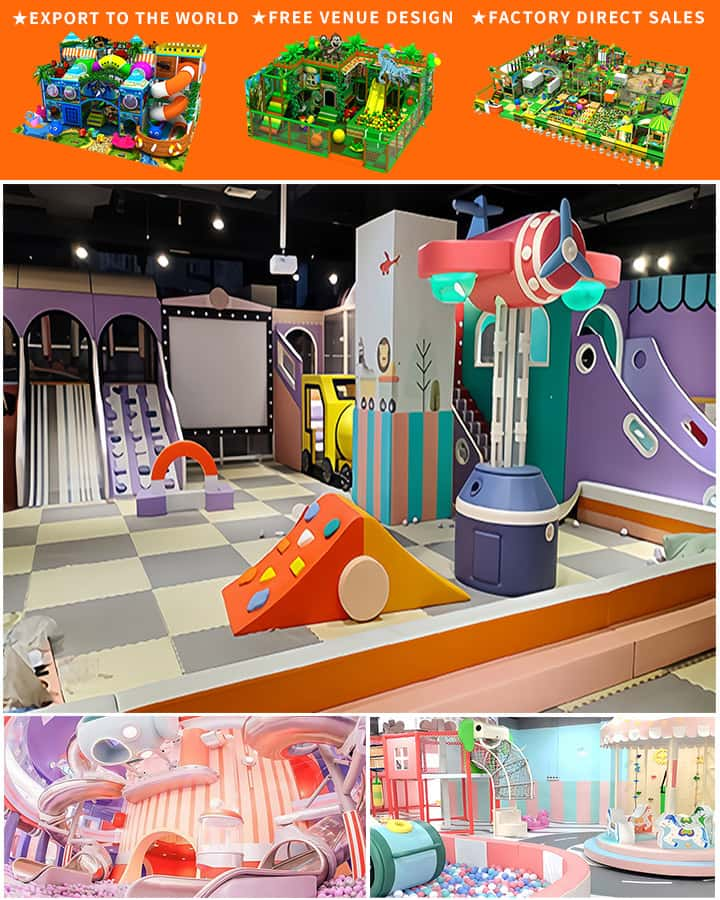In recent years, the significance of creating supportive environments for children with autism has gained widespread recognition. One such environment is the indoor playground, which offers a unique and beneficial space for kids with autism to play, learn, and grow. Understanding the multifaceted benefits of these specialized play areas can help in promoting inclusivity and enhancing the developmental experience for children on the autism spectrum.
Sensory-Friendly Environment
One of the most crucial aspects of an indoor playground for kids with autism is its sensory-friendly design. Children with autism often have heightened sensitivities to light, sound, and texture, which can make traditional playgrounds overwhelming. Sensory-friendly indoor playgrounds are thoughtfully designed to minimize sensory overload by using soft lighting, noise-canceling materials, and calming color schemes. Features like padded flooring not only reduce injury risks but also provide a tactile experience that can be soothing for these children.
Social Interaction and Communication

Indoor playgrounds offer a controlled setting where children with autism can engage in social interactions. These environments are often less chaotic than outdoor settings, providing a more predictable atmosphere. This predictability is essential as it helps children with autism better navigate social cues and communicate more effectively with their peers. Many indoor playgrounds are staffed by professionals trained to facilitate social interactions, ensuring that all children have the opportunity to play together and develop essential social skills.
Structured Learning Opportunities
Indoor playgrounds for children with autism often incorporate structured learning opportunities within their play activities. These may include educational games, interactive exhibits, and therapy sessions conducted by specialists such as occupational therapists and speech therapists. Such integrated learning experiences can significantly aid in the cognitive and motor skill development of children with autism. By making learning fun and engaging, these indoor playgrounds help bridge the gap between playtime and educational growth.
Safety and Comfort
Safety is paramount in any playground, but it takes on additional importance in a setting designed for children with autism. Indoor playgrounds are typically enclosed spaces, reducing the risk of children wandering off or encountering potentially hazardous outdoor elements. Additionally, the controlled environment allows for easier supervision and quicker responses to any issues that may arise. This added layer of safety provides peace of mind for parents and caregivers, enabling them to focus on their child’s enjoyment and development.
Customizable Experiences
Another advantage of indoor playgrounds is their ability to offer customizable experiences tailored to each child’s unique needs and preferences. Whether through quiet zones for children who need breaks from sensory stimulation or specific activity stations designed to cater to different interests, these playgrounds can adapt to provide the most suitable environment for every child. This level of personalization ensures that each visit is a positive and enriching experience.
Conclusion
Indoor playgrounds for kids with autism serve as vital spaces that promote physical, social, and cognitive development in a safe and nurturing environment. By addressing the unique sensory and social needs of children with autism, these playgrounds create inclusive communities where every child can thrive. As awareness and understanding of autism continue to grow, so too does the importance of investing in and supporting these specialized recreational spaces. Through careful design and dedicated programming, indoor playgrounds can become transformative spaces that enrich the lives of children with autism and their families.




